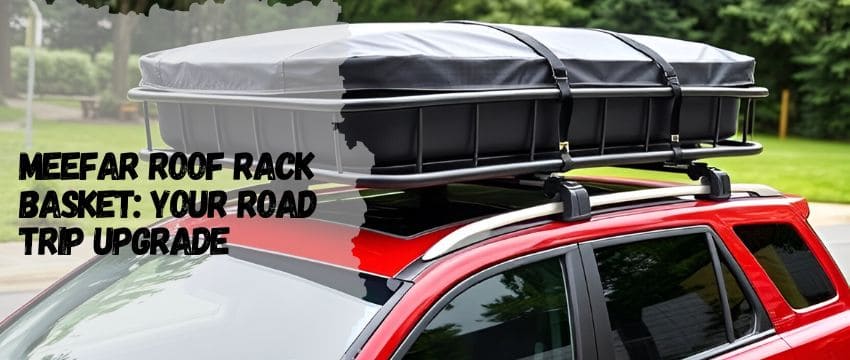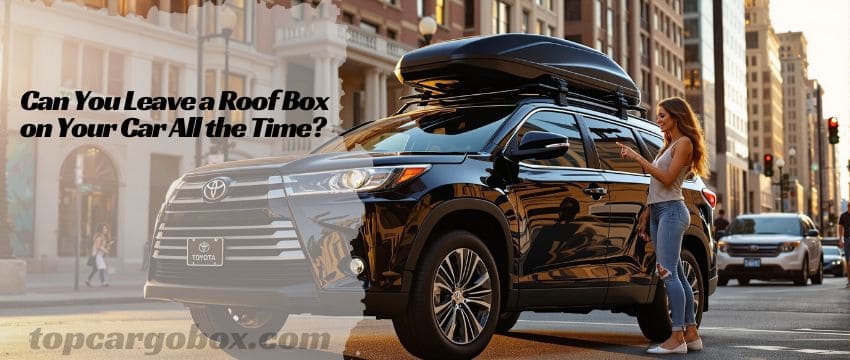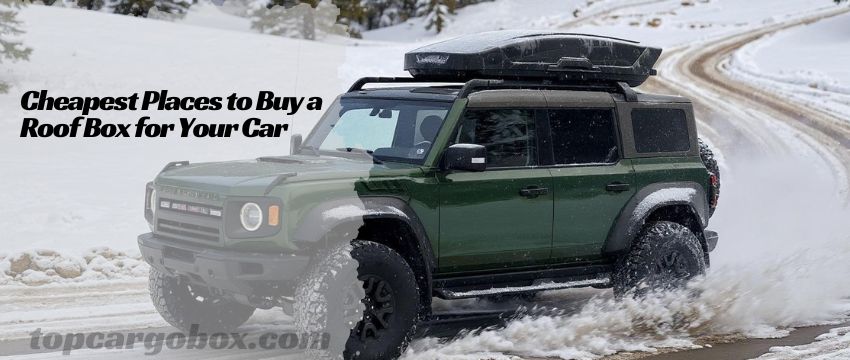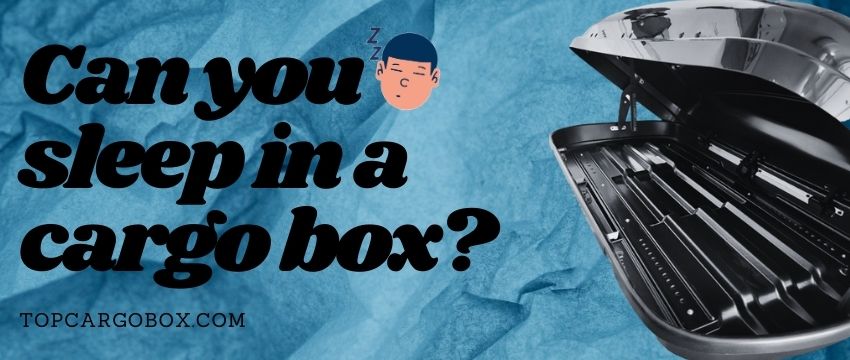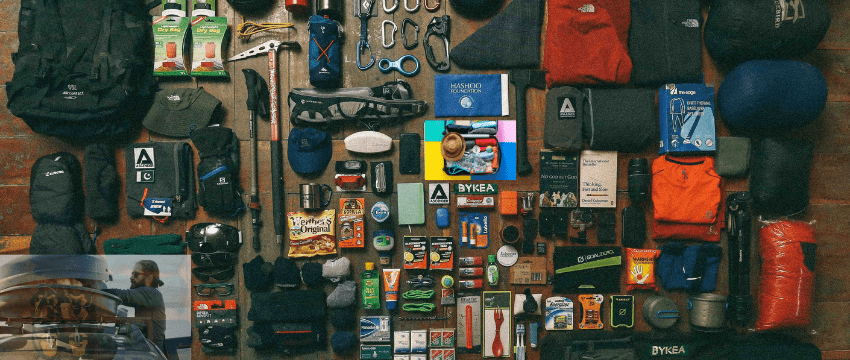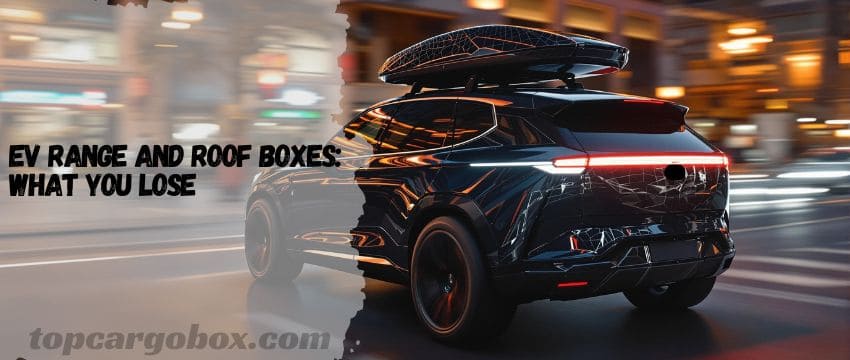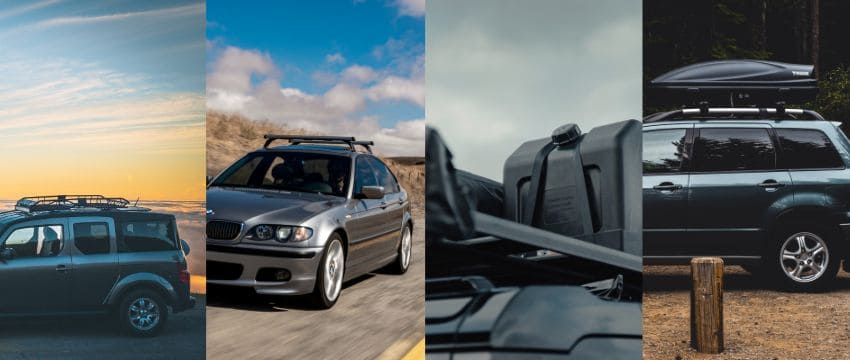You’ve been there, right? Staring at your trunk, drowning in tents, coolers, and duffle bags, thinking “How’s this gonna work?” Spoiler: It won’t. Roof boxes are like cheat codes for road trips, adding 450+ liters of extra space—enough to fit that inflatable paddleboard you swore you’d use. But with a zillion models out there, how do you even pick the right one without losing your mind? Let’s skip the techy mumbo jumbo and talk real-life fixes to keep your gear safe and your road trip energy high.
Overwhelmed by choices? Totally get it. Maybe you’re eyeing sleek low-profile boxes or burly ones for off-road chaos. The good news? You don’t need a PhD in cargo storage to figure this out. Start with your ride: smaller cars thrive with 16–18 cubic feet of space, while SUVs can handle 20+ cubic feet without turning into a wind sail. And hey, did you know some boxes cut MPG by 15% while others guzzle 25%? What if you could dodge that gas station grind? Let’s keep it simple: match the box to your lifestyle, not just your roof.
Why You Need a Roof Box (Like, ASAP)
Your Car’s Trunk Is Crying for Help
You know the struggle, right? Ever tried stuffing a week’s worth of camping gear, skis, or way too many road trip snacks into your SUV? Nice try, but even those “spacious” rides hit their limit fast. Here’s the kicker: roof boxes give you a wild 450–600 liters of bonus space—literally enough to cram a twin mattress up there. Picture your pup finally stretching out instead of being sandwiched between duffle bags. And forget the backseat chaos of knees digging into seats—no more “Mom, he’s touching me!” meltdowns halfway through Nebraska.
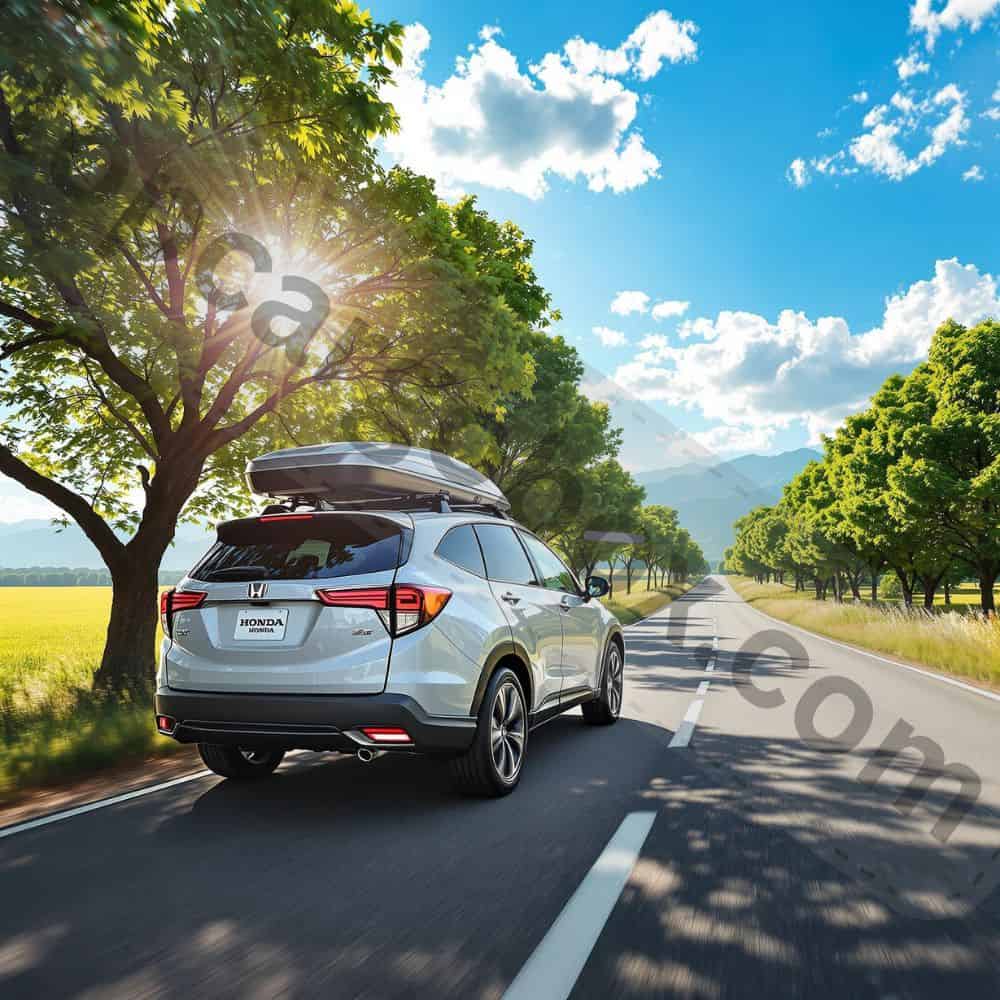
How many times have you played Tetris with your luggage? Let’s be real: hauling gear sucks when you’re constantly reshuffling bags every time you hit a bump. A roof box isn’t just extra storage—it’s your ticket to keeping snacks, tents, and ski boots locked in one spot, rain or shine. 450 liters means you’ve got room for that giant cooler and your partner’s obsession with packing seven jackets. And hey, your dog might even stop side-eyeing you when they get their own cozy corner. Win-win, yeah?
Think about it—what’s worse than losing legroom to overpacking? Roof boxes aren’t just for gearheads. They’re for anyone who’s ever cursed under their breath while shoving suitcases into the trunk. With 600 liters, you could practically fit a mini fridge up there (not that we’re recommending it… unless you’re into that). No more sacrificing passenger comfort or playing “who gets the footwell” with your kids. Plus, imagine skipping the grunt work of unpacking just to find your hiking boots. How do you feel about finally keeping your sanity on long drives?
Avoid the “Stuff Shuffle”
You’ve been there, right? Stuck on the side of the road, grunting as you wrestle bags that exploded after hitting another pothole. Roof boxes? They’re like a magic trick—lock your gear in one spot, and boom, zero reshuffling. Rainstorms, surprise snow, or even a rogue mudslide? No big deal. Your stuff stays dry, including that heirloom quilt your grandma would haunt you for ruining. And get this—some creative souls turned theirs into rolling art displays (peep these mobile galleries for inspo). Who knew practicality could look so cool?
How many hours have you wasted repacking loose gear? It’s brutal, especially when you’re just trying to vibe on a road trip. With a roof box, everything’s anchored tight—no more “Oh come on!” moments when your tent tries to escape. Weatherproof seals mean monsoon-level rain won’t drown your sleeping bags, and snow? Legit won’t phase it. Even your snack stash stays safe from soggy doom. Plus, imagine bragging about your roof box doubling as a canvas for local artists. How’s that for flexing style while hauling skis?
Ever worry your gear’s gonna bail mid-drive? Roof boxes don’t play games. They’re built to handle chaos, keeping your cargo locked down like Fort Knox. Forget fretting over sudden storms or dirt-road dust storms—your stuff’s shielded, period. And hey, if you’re the type who loves a good DIY project, why not trick yours out like those art-on-wheels setups? What if your roof box became the coolest part of your ride? No more stress, just storage that works harder—and looks sharper—than your backseat ever could.

Key Features to Look For
Size Matters (But So Does Your Car’s Ego)
Roof boxes range from sleek low-profile pods to beast-mode cargo carriers. Measure your roof’s space and match it to the box’s dimensions. For smaller cars, a 16–18 cubic foot box works, while trucks like the Tesla Cybertruck might need heavy-duty options (peep these Cybertruck-compatible racks).
Aerodynamics: Don’t Kill Your MPG
Clunky designs turn your car into a wind drag monster. Look for tapered shapes and airflow channels. Pro tip: A slick roof box only dings your gas mileage by 15–20%, while a brick-like one could suck down 25% or more. Wanna minimize the hit? Read up on aerodynamic upgrades like 3M gloss wraps.
Lock It Down or Lose It
Thieves love easy targets. Dual-sided locks and reinforced latches are must-haves. Yakima’s SkyBox uses tamper-resistant tech, while Thule’s Motion XT has a cool one-handed lock system. Still paranoid? Bolt it to your crossbars like you’re guarding the Crown Jewels.
Top Picks for Every Budget
The Overachiever: Thule Motion XT
Thule’s Motion XT is the Swiss Army knife of roof boxes—sleek, durable, and stupidly easy to install. Holds 22 cubic feet and works with most roof racks. Downside? It’s pricey, but you’re paying for peace of mind.
The Budget MVP: SportRack Vista
Trying to stick to a budget? The Vista hooks you up with a solid 18 cubic feet of space—enough to stash camping gear, sports equipment, or that impulse-buy inflatable kayak—all for under $400. Yeah, it’s not gonna turn heads like a Thule, but let’s be real: not everyone needs flashy when “gets the job done” is the vibe. Its low-profile design means it won’t scream “LOOK AT ME” on the highway, and honestly, that’s kinda perfect if you’re just trying to avoid another grunt session cramming bags into your trunk. Think of it like that no-frills friend who shows up with exactly what you need, no drama. Who says you can’t have reliable storage without the fancy price tag?
The Off-Road Beast: Yakima SkyBox
Got a Jeep Grand Cherokee or live for off-road chaos? The Yakima SkyBox Carbonite’s your ride-or-die—literally built to laugh at potholes, gravel, and “roads” that’re more dirt than pavement. It’s not just a roof box; it’s a tank with storage space, perfect if your idea of a weekend involves mud splatters and zero cell service. Pair it with heavy-duty racks designed for your Jeep, and suddenly, hauling gear to that remote campsite feels legit effortless. Think about it: why settle for a box that quits at the first bump when this one’s basically begging for adventure? How’s that for turning “rough terrain” into “no big deal”?
Model | Capacity | Weight Limit | Key Perks |
|---|---|---|---|
Thule Motion XT | 22 cu ft | 165 lbs | Dual-side opening, silent opening |
Yakima SkyBox | 20 cu ft | 150 lbs | UV-resistant, tool-free install |
SportRack Vista | 18 cu ft | 125 lbs | Budget-friendly, low drag |
Installation: Don’t Wing It
Match the Rack to Your Ride
Not all crossbars are created equal. Hyundai Palisade? Use these specific racks. Toyota 4Runner? A cargo basket might pair better. Srsly, check compatibility—unless you want your roof box flying off like a superhero.
Tighten Like You Mean It
Over-tightening cracks the box; under-tightening risks a highway disaster. Follow the manual’s torque specs, and test the box’s wiggle. If it moves more than 1 inch side-to-side, redo it.
Pro Tips for Road Trip Bliss
Pack Smart, Not Hard
Heavy items go in first, centered over the crossbars. Keep lightweight stuff (sleeping bags, pillows) near the top. Pro move: Use soft bags instead of hard suitcases to maximize space.
Watch Your Speed
Most roof boxes max out at 80 mph. Go faster, and you’re stressing the mounts and burning extra gas. Ain’t nobody got time for a roadside meltdown.
FAQs: Your Burning Questions, Answered
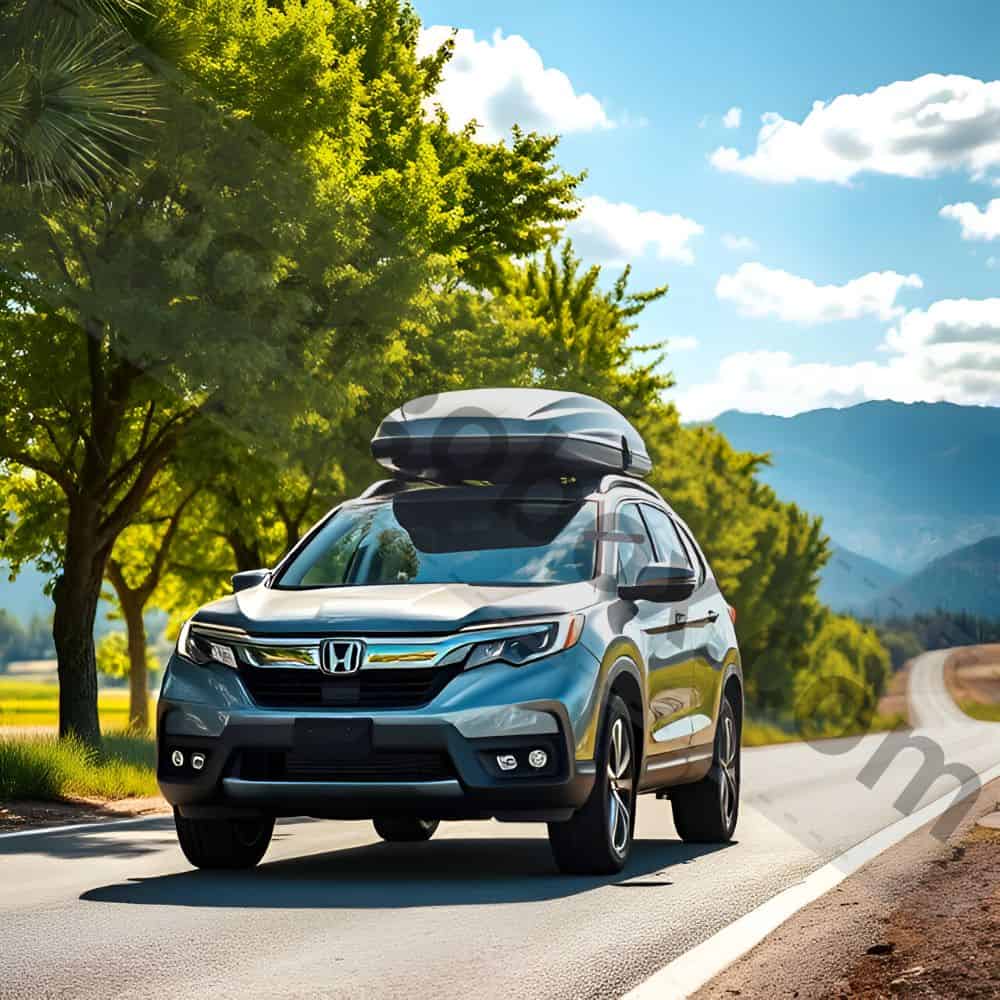
How fast can you drive with a roof box on your car?
Stick to 75–80 mph. Faster speeds strain the box and your car’s aerodynamics. High winds? Drop it to 65 mph. Check your model’s manual—some, like Thule, have strict limits.
How much MPG do you lose with a roof box?
Expect a 15–25% drop. Aerodynamic boxes hurt less, but it’s still a hit. Remove it when not in use to save cash at the pump.
Which is better, Thule or Yakima cargo box?
Thule shines in sleek design and quiet operation. Yakima’s tougher for off-roaders. Both are legit—pick based on your needs (or check this Thule vs competitors breakdown).
What not to put in a roof box?
Avoid valuables, fragile items, and anything heat-sensitive (like chocolate). Roof boxes shake—a lot—so pack accordingly.
Which roof box is best?
For most, the Thule Motion XT. Budget travelers? SportRack Vista. Off-roaders? Yakima SkyBox.
Is it okay to drive with an empty roof box?
Sure, but it’ll still kill your MPG. Take it off if you’re not using it.
Are roof boxes covered by insurance?
Usually yes, if theft or damage is part of your policy. Confirm with your provider—don’t assume.
What is the speed limit on the Thule?
Thule recommends 80 mph. Pushing past that risks damage or detachment.
Are roof pods worth it?
Totally! They’re cheaper than roof boxes and great for lighter loads. But they’re less secure and weatherproof.
Recommend Reading:
1. Topic: Crossbars for Rooftop Cargo Bags
When you’re using rooftop cargo bags, crossbars are the unsung heroes. Without sturdy crossbars, your cargo bag could sag, slide, or even damage your roof. These bars distribute weight evenly, so your gear stays secure—no “oh crap” moments mid-highway. They’re compatible with most roof rails, but you’ll want to check weight limits (most handle 100–150 lbs). For soft cargo bags, low-profile crossbars work best to avoid abrasion. Pairing them with universal-fit roof racks ensures a snug fit for odd-shaped loads. If you’re hauling bulky items like camping gear, crossbars + cargo bags = road trip magic. Avoid cheap models—trust us, your luggage deserves better.
2. Topic: 6 Roof Boxes for Minivans
Minivans are road trip royalty, but even their storage has limits. Roof boxes designed for minivans prioritize aerodynamics and extra space—think 16–20 cubic feet for strollers, coolers, or duffle bags. Low-profile models (like these skinny options) keep wind noise down, so you can actually hear your kids’ singalongs. Look for dual-opening lids to access gear without climbing onto the roof. Bonus: some boxes work with sliding doors, so you won’t bonk your head unloading groceries. Pair them with minivan-friendly crossbars for rock-solid stability. Pro tip: Measure your roof’s width—not all boxes play nice with wider minivans.
3. Topic: Prepare for a Family Road Trip
Family road trips are equal parts fun and chaos. Start by decluttering your car—yes, even the goldfish crumbs under the seats. Pack heavy items low in the trunk, and use a roof box for lighter stuff like blankets and toys. Organize snacks in grab-and-go bins to avoid “Mom, I’m hungry!” every 20 minutes. Check tire pressure and oil levels beforehand; nobody wants a breakdown in Nowheresville, USA. For rooftop gear, nail the best cargo box position to keep your car balanced. Don’t forget emergency kits—band-aids and jumper cables are lifesavers.
4. Topic: Skinny, Low-Profile Cargo Boxes
Not all roof boxes are clunky eyesores. Skinny, low-profile designs (as slim as 12–14 inches tall) save your car’s sleek look while adding stealth storage. They’re perfect for shorter vehicles or drivers who hate the “breadbox on wheels” vibe. These boxes cut wind resistance, so your MPG doesn’t tank—ideal for daily commutes or weekend getaways. Pair them with universal crossbars for a seamless setup. Need to park in a low garage? No problem—these boxes won’t scrape the ceiling. Just remember: less height means less capacity, so prioritize flat items like skis or tents.
5. Topic: Best Position for a Cargo Box
Where you slap your cargo box matters more than you think. Center it over your roof’s strongest points (usually near the crossbars) to avoid sagging. Too far forward? Hello, wind noise. Too far back? Goodbye, rear visibility. Follow your car’s manual for weight distribution—60% front, 40% rear is a safe rule. If you’ve got a sunroof, check out this guide to avoid blocking your view. For minivans, position the box just behind the front seats to keep the rear hatch clear. Test drive around the block—if your car feels wobbly, reposition ASAP.
6. Topic: Cargo Boxes & Panoramic Sunroofs
Love your panoramic sunroof? Don’t let a cargo box ruin the vibe. Low-profile boxes (under 15 inches tall) let sunlight pour in while still hauling gear. Avoid placing the box directly over the glass—it blocks views and stresses the sunroof frame. Opt for models with short front overhangs to minimize turbulence noise. For compatible setups, see these sunroof-friendly tips. Pro tip: Open the sunroof slightly to reduce wind buffeting. Just remember: even slim boxes add height, so duck in low garages!
7. Topic: Best Hitch Cargo Boxes
Hitch cargo boxes are the underdogs of road trip storage. They’re great if your roof is already packed or your car can’t handle rooftop weight. These boxes mount on a hitch platform, offering 10–18 cubic feet of lockable space. Perfect for tailgate parties or hauling grills to campsites. Unlike roof boxes, they don’t kill your MPG as badly—just watch your departure angle on bumpy roads. Compare them to rooftop baskets if you need open-air flexibility. Downside? They block rear cameras, so practice backing up first.
8. Topic: Rooftop Cargo Baskets
Cargo baskets are the rebels of storage—open-air, rugged, and perfect for odd-shaped gear. Throw in bikes, kayaks, or even firewood without wrestling with lids. Most handle 150–200 lbs, but pair them with heavy-duty crossbars for extra security. Use cargo nets to keep items from bouncing out on dirt roads. They’re cheaper than boxes, but weatherproofing’s on you (tarps FTW). For a hybrid solution, check out hitch cargo boxes if baskets feel too exposed.
9. Topic: SportRack Horizon Cargo Boxes
SportRack’s Horizon line is the budget MVP. These boxes offer 15–18 cubic feet of space without Thule-level prices. The clamshell design opens wide for easy packing, and dual latches keep contents dry in downpours. They’re lighter than premium models (under 40 lbs), so installing solo isn’t a backache. Pair with universal racks for most sedans or SUVs. Downsides? Less aerodynamic, so expect a slight MPG dip. Still, for occasional use, they’re a steal.
10. Topic: Universal Fit Roof Racks
Universal roof racks are the Swiss Army knives of car storage. They adjust to fit nearly any vehicle, from sedans to crossovers. Look for weight ratings over 150 lbs if you’re hauling heavy gear like bikes or cargo boxes. Installation’s DIY-friendly—no dealership trips needed. Pair them with low-profile cargo boxes for a sleek setup. Just tighten bolts regularly; vibrations can loosen them over time. For minivans, check out these crossbars to avoid compatibility headaches.
Our team is creating outdoor-gear relevant articles with passion. If our articles can help you to find the correct solutions for your questions, we will be happy about that. In the content creation process, we usually collect accurate and useful information online or offline to compile our content in an organized way. Consequently, we can guarantee that you can discover some expected answers to your questions. We appreciate your time on our site.


